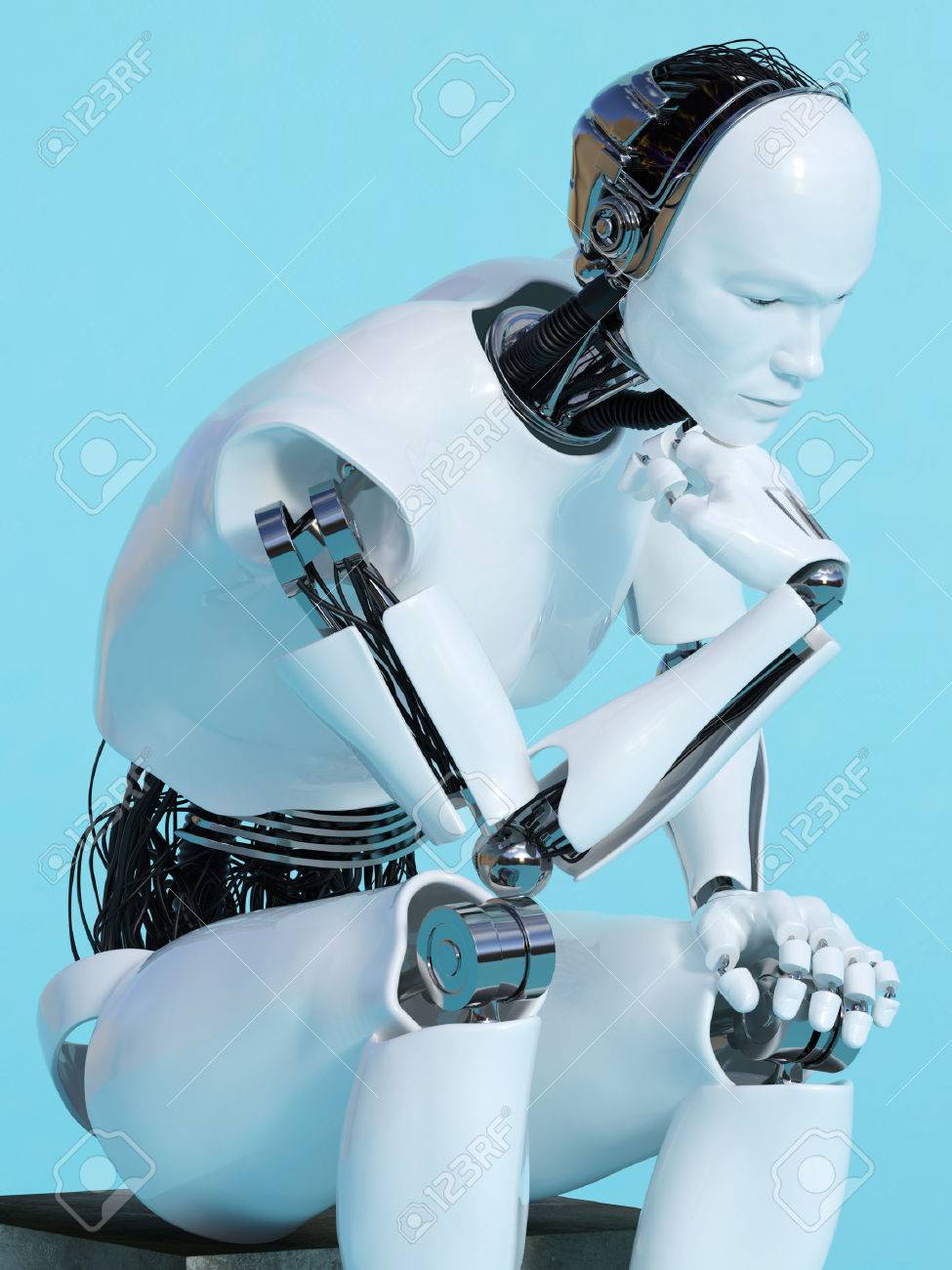Research Interests:
•Probabilistic(Bayesian) model of Mind
•Probabilistic(Bayesian) Brain
•Probabilistic(Bayesian) Machine Learning
•Philosophy of Mind(Philosophy of Perception,Bayesian Phenomenology,Language Of Thought)
•Philosophy of Language
●Deep neural network models of Brain
Research Project:
( Ideas must be shared freely)
●Learning and reasoning as program induction in a mental models representation:(combination of similarity based and rule based models of knowledge representation-spatial probabilistic graphical model)
A Hierarchichal Probabilistic Language Of Thought(HpLOT) Model of conceptual development in a cognitive map-like representation.If this was a right track to model conceptual development,an artificial agent must learn new concepts this way.
Intelligence needs an abstraction mechanism to transfer acquired knowledge to similar domain to handle complexity of big data around and to accomplish this job,she needs to build a model of environment by abstracting away from naive data.A first step toward building this model is constructing basic and original concept like CAUSALITY,NUMEROSITY AGENCY,OBJECTHOOD,…Susan carey investigated these original concept in his seminal work,Origin of Concepts, and argues well for a need of implementing these concepts in an agent (mind/brain of a child) to gain ability further to develop other concepts utilizing these basic concepts.
I suppose that language(and other higher order cognitive process) is a METAPHOR from action-perception cycle of an agent in spatio-temporal dimension of physical world(source of metaphor) into mental space (target of metaphor) through an analogy and relational reasoning principal mechansim of cognition for abstraction.this view has been confirmed recently by seminal work of tim behrens and his group at oxford.this yield that knowlege is represented in mind as a collection of episodic memories(the way spatial knoeledge is represented in entorhinal-hippocampal complex implies that knowledge representation in mental space must have some similiarities)-this view recombine two radial pole of embodiment and symbolic representation into one unified framework by supposing that “cognition is applying probabilistic program on a cognitive map-like knowledge representation“.
For testing this hypothesis,i use GYM toolkit from openai to design an agent that learn these basic concepts through probabilistic program induction.
This research lies at intersection of neuroscience, artificial intelligence, psychology and indeed philosophy!(thus cognitive science!)
(An alternative view is that neural networks can generate these sequential behaviour[see here, here , here , here ], i believe that if these black boxes want to solve cognitive problem they must represent structured higher level features emerged from raw data and then these higher kevel features-symbols- get the control of furthur processing of raw data-a top down control of symbol over raw data- so i defend the view of neural network as just an implementation of computational level functions)
●As a second line of research,i am exploring the plausibility of modeling cortex with deep neural networks,,to get some ideas about this trend see here , here, here ,here ,here ,here and here
Visual cortex of brain is a unique test bench to reconcile the result of these two line of research.Visual system of brain converts electrical stimulations of retina into a interpretable 3D image.For doing this,vidual cortex performs complex transormation on raw data of retina to extract an internal model of external world to understand a complex visual scene.To understand a visual scene ,brain must develop “concept” of object,size,rotation and .. to be able to compose these visual concept by assigning value(deep distributed features) to these abstract variable(concept) to overcome ecological barriers like object occlusions,size and rotation variability of object etc.This mechanism is used by brain to extract meaning from sentences ,so a logical hypothesis is that tge same mechanism may be used by brain to solve complex visual problem.Here,i hypothesize that these transformation is accomplished by using a deep HpLOT ,that is applying probabilistic program on deep and distributed representatinal features.In this research i am deploying a deep generative neural network to model visual cortex utilizing advantages of compositional characteristic of bayesian symbolic system and biologicaly inspired feature extractiion characteristic of deep neural nerwork.Such computatinal models ,if succeed,can explain both expremental neural and behavioral data and bring a unified model of brain mechanism of visual object recognition and can be used as versatile model of conceptual development system of mind and brain,and at the other side,can be used as an enginnering tool to advance computer vision and AI systems.
